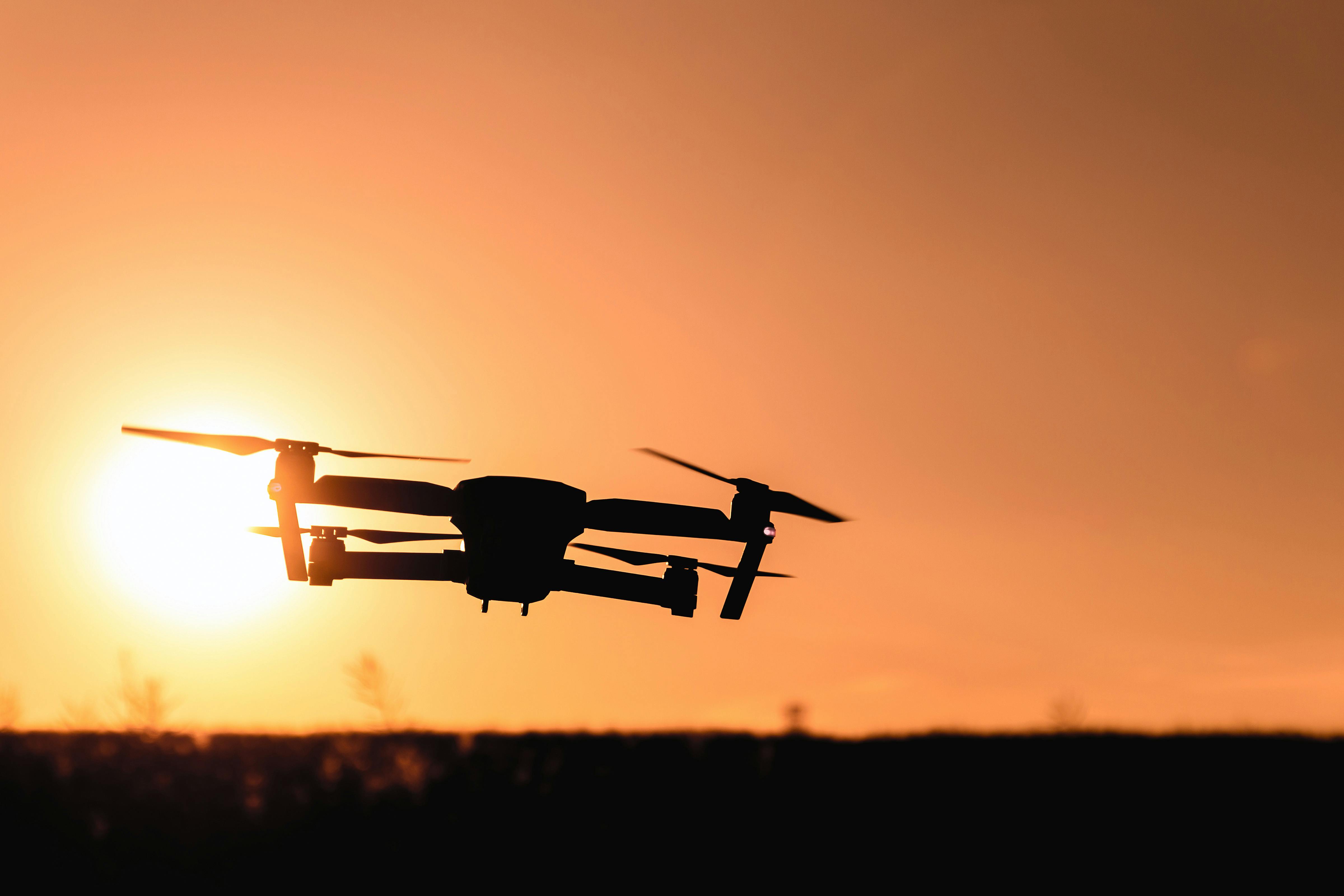Understanding the Promise and Potential of Telecommunication Drones
In an era where we are constantly seeking innovative ways to enhance our connectivity, the emergence of telecommunication drones has sparked interest and speculation. These unmanned aerial vehicles, soaring high above traditional infrastructure, could potentially revolutionize the way we communicate.

The Dawn of Telecommunication Drones
Long before drones became a consumer hobby, they were used for a variety of purposes, including military applications, environmental monitoring, and even film making. However, their use in the telecommunications sphere is a relatively new development. It was only in the mid-2010s that tech companies began exploring the possibility of using drones to provide internet connectivity in remote and disaster-struck areas.
The Technological Leap
The technology behind telecommunication drones is fascinatingly complex. They are equipped with advanced communication payloads that can provide networking services from the sky. These flying wonders can hover at an altitude of more than 60,000 feet, far above commercial airspace, to provide connectivity over a vast area.
The Pulse of Industry Trends
Telecommunication drones are getting recognition in the industry for their potential to extend the reach of internet services. These drones can play a crucial role in disaster recovery, where ground infrastructure is often knocked out, and in remote areas where building infrastructure is challenging or not economically viable. Some tech giants are even experimenting with solar-powered drones that could stay aloft for weeks or months, providing consistent connectivity in underserved regions.
Challenges and Practical Applications
Despite their potential, telecommunication drones face several challenges. Regulatory hurdles, technological limitations, and concerns about privacy and interference with other airspace users are among the main concerns. Yet, their practical applications are undeniable. For instance, during the aftermath of Hurricane Maria in Puerto Rico in 2017, telecommunication drones were used to restore cellular services where towers had been destroyed.
The Future of Telecommunication Drones
As research and development progress, the role of telecommunication drones in our connected world is only expected to grow. Whether they will replace traditional infrastructure or merely supplement it remains to be seen. However, one thing is clear: they offer a compelling new way to deliver connectivity where it’s needed most.
In conclusion, telecommunication drones offer a promising new avenue for enhancing global connectivity. Despite the challenges, their potential to provide essential communication services in remote and disaster-stricken areas is immense. As we navigate the future of connectivity, these sky-high solutions could play a significant role.




